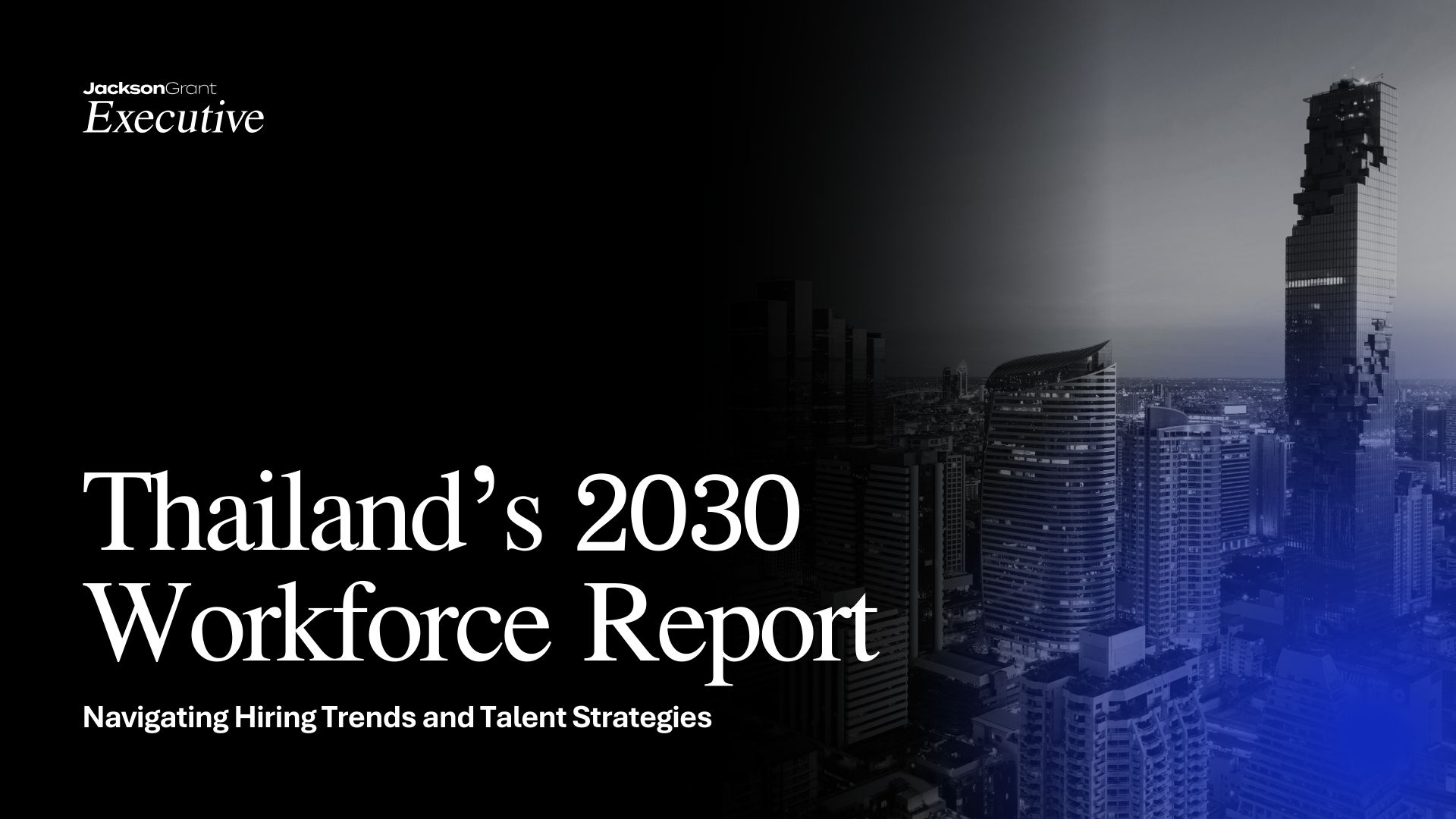Asia has long played a central role in the global economy, and its manufacturing sector is now shaping a new era of international trade, technology, and development. With continued economic disruptions around the world, Asia is emerging as a leading global hub for production and innovation. This transformation presents both opportunities and challenges that will define the region’s future.
Asia’s Manufacturing Dominance
Over the last three decades, Asia has shifted from a primarily agrarian economy to the world’s manufacturing powerhouse. Nations like China, Thailand, Vietnam, and India have become vital players in global manufacturing. According to McKinsey, Asia now accounts for over half of the world’s manufacturing output and global trade.
In 2021 alone, Asia contributed 42% of global GDP (PPP) and 53% of global goods trade. The region’s success is rooted in cost-effective labour, robust infrastructure, and growing expertise in advanced sectors such as electronics, semiconductors, and automotive manufacturing.
From Agriculture to Industry
A key driver of Asia’s industrial boom has been the shift from agricultural to industrial employment. Urbanisation and factory growth have transformed labour markets. For example, from 1990 to 2022, China’s productivity grew 14 times, reflecting a significant movement of workers from rural areas into industrial roles.
India is also following this trend, with its agricultural workforce expected to drop from 46% in 2022 to 29% by 2050. This demographic shift is fuelling growth in textiles, electronics, and automotive manufacturing.
The Rise of Emerging Manufacturing Economies
While China leads the region, emerging economies like Vietnam and India are gaining ground. Vietnam has become a major destination for electronics manufacturing, while India is seeing growth in both pharmaceuticals and consumer electronics.
These shifts are partly driven by supply chain diversification, as global companies seek alternatives to China. Vietnam’s trade with China grew by 16% annually between 2018 and 2022. India’s trade relationships with the US and other markets are also expanding rapidly.
Technological Innovation in Asian Manufacturing
Asia is no longer just a centre for cost-effective production—it’s becoming a leader in technological innovation. The rise of semiconductors, electric vehicles (EVs), and advanced electronics is pushing Asia into the next phase of industrial growth.
Semiconductors
Asia dominates global semiconductor production, with Taiwan, South Korea, and China accounting for over 60% of global output. As demand for chips increases, the region’s strategic importance will continue to grow.
Electric Vehicles (EVs)
China has emerged as the largest EV and battery producer in the world, contributing 54% of global EV manufacturing. The region’s focus on clean technology is reshaping automotive production globally.
Energy and Resource Challenges
Despite its growth, Asia faces challenges in energy and resource sustainability. It is the world’s largest energy consumer and carbon emitter. Countries like China, India, Japan, and South Korea rely heavily on imported fossil fuels, increasing vulnerability to market shocks.
Although progress is being made in renewable energy—especially solar and battery production—decarbonising Asia’s energy-intensive manufacturing remains a complex challenge. Coal remains a dominant energy source in several Asian economies.
Future Opportunities for Asia’s Manufacturing Sector
To remain competitive and sustainable, Asia must focus on four strategic priorities:
1. Boosting Productivity
With a rapidly ageing workforce, Asian economies must invest in automation and digital technologies to improve efficiency across sectors.
2. Investing in Technology
Innovation in AI, clean energy, quantum computing, and smart manufacturing will allow Asia to climb the global value chain.
3. Strengthening Supply Chains
Diversified and resilient supply chains are crucial to minimising risks from geopolitical tensions and global disruptions.
4. Decarbonising Manufacturing
Sustainable manufacturing through renewable energy adoption and improved energy efficiency will be essential for long-term growth.
Conclusion
Asia’s manufacturing sector is entering a transformative era. With strong integration into global supply chains, a drive for technological innovation, and a growing role in clean energy, the region is well-positioned to lead the future of global manufacturing.
To realise this potential, Asian economies must balance growth with sustainability, navigate geopolitical uncertainties, and embrace innovation. The rise of Asia is not just about production—it’s about redefining the future of global trade, technology, and industrial leadership.




